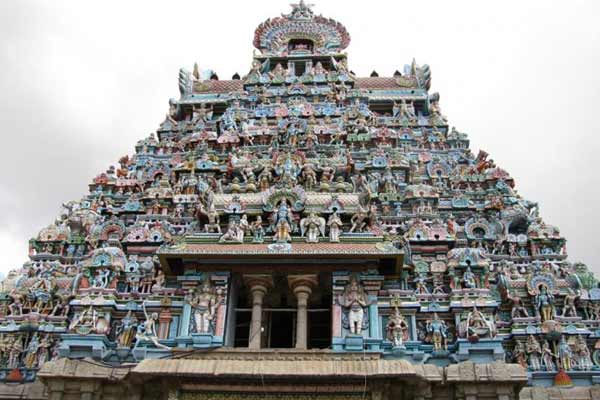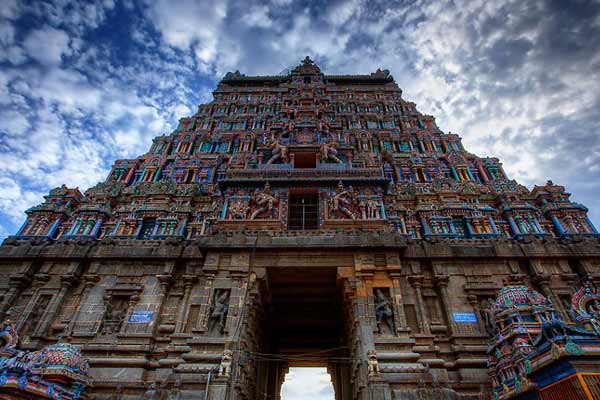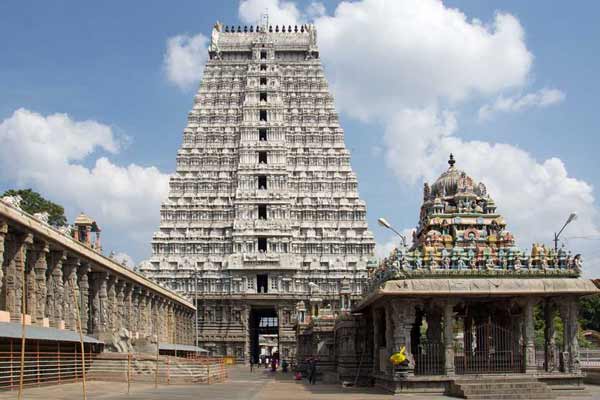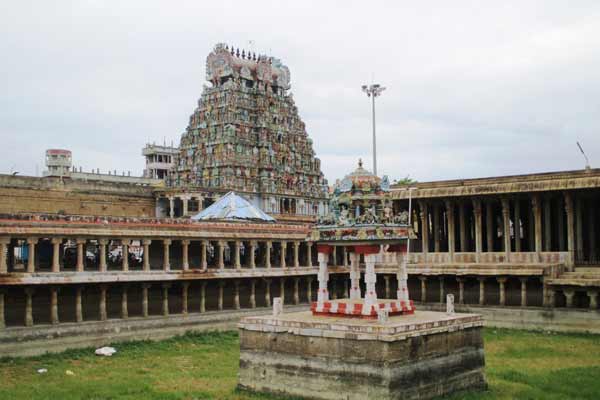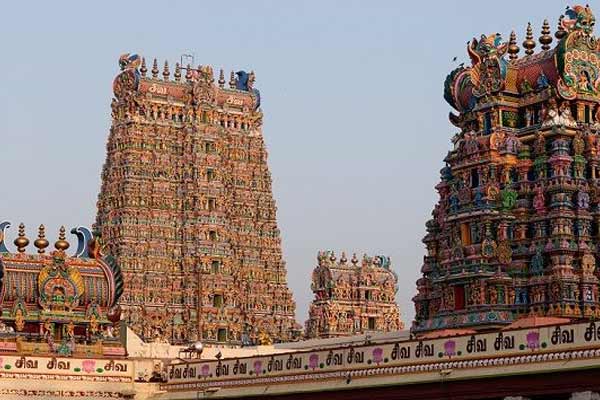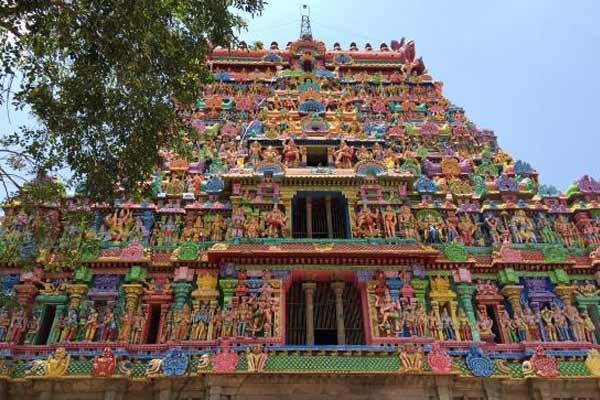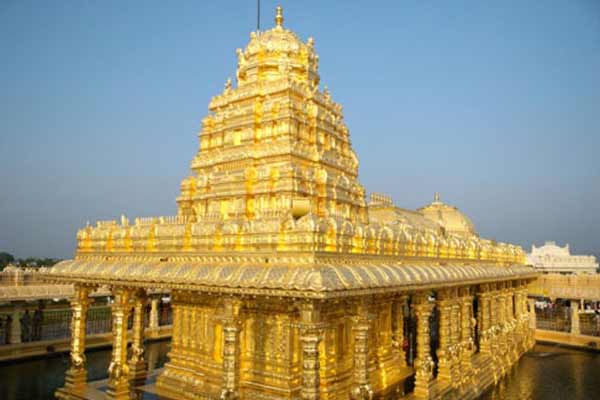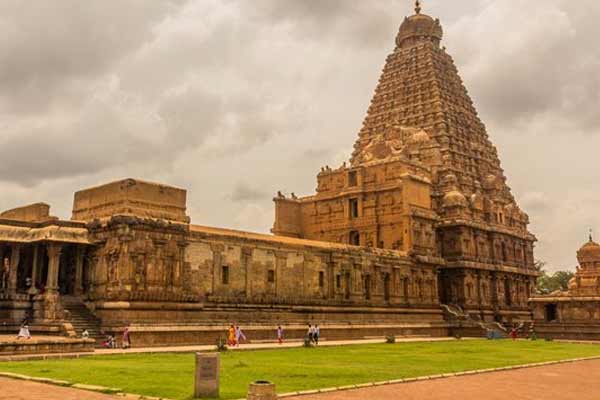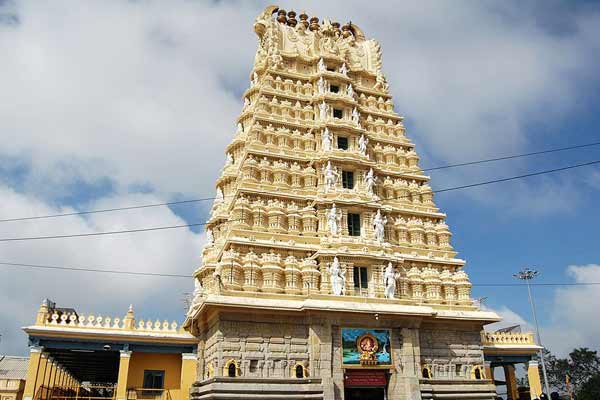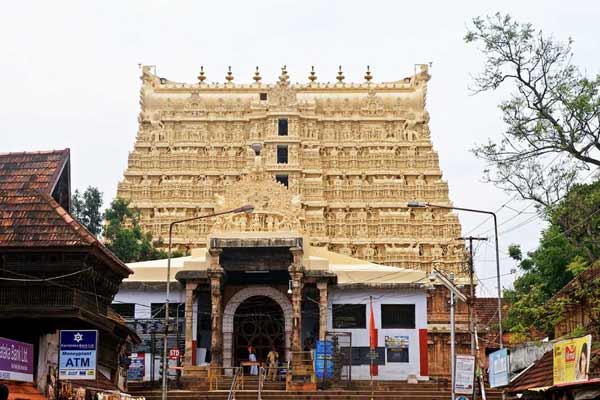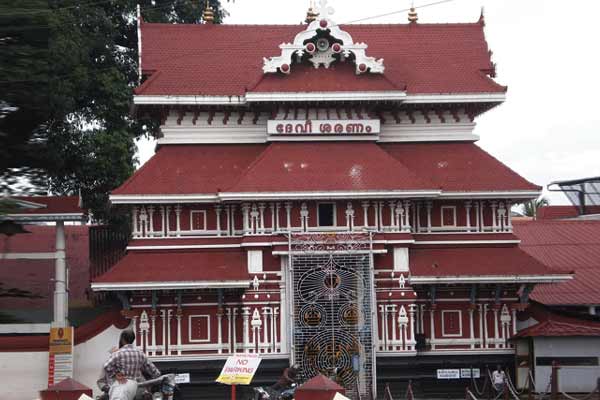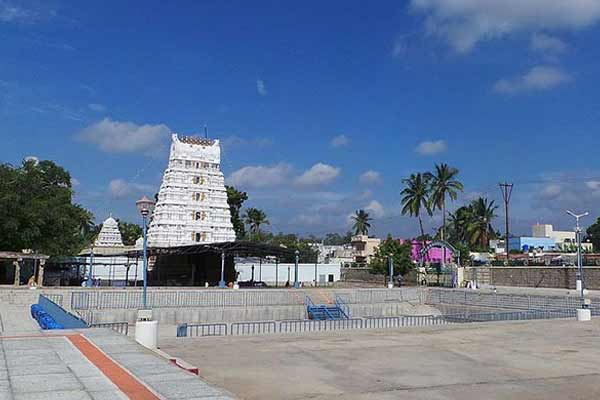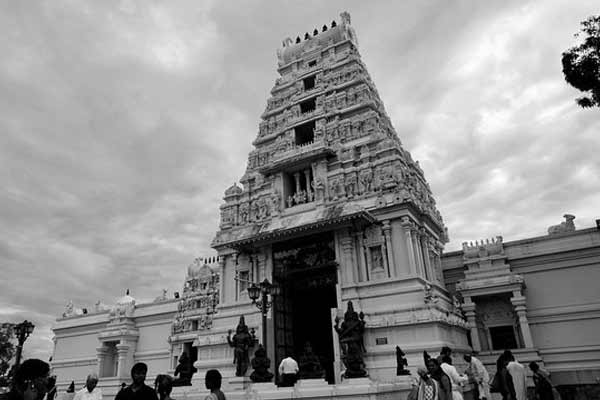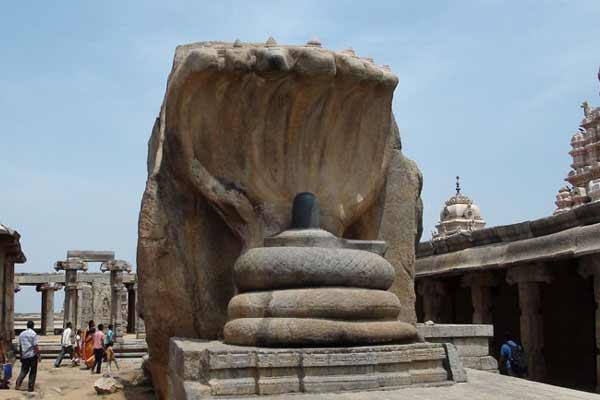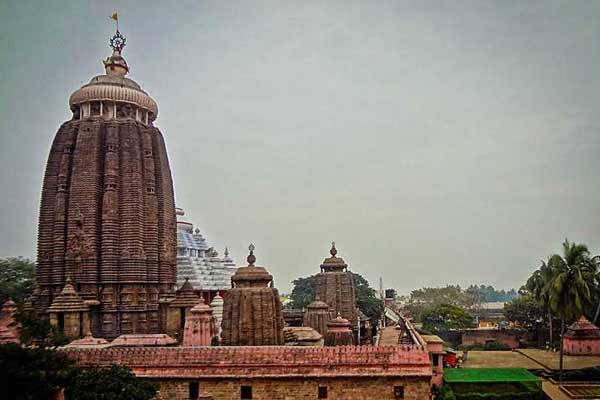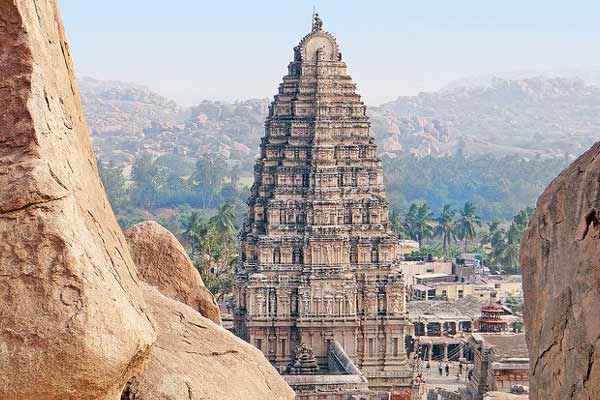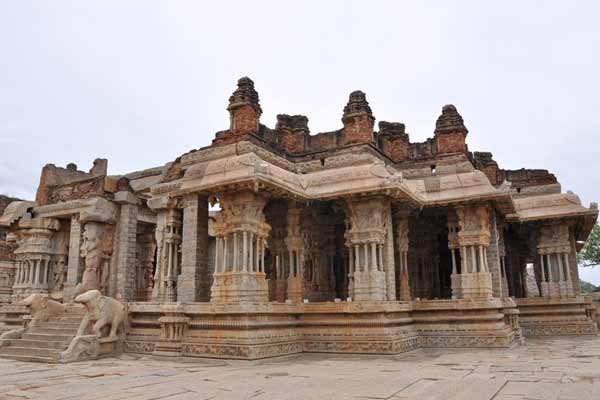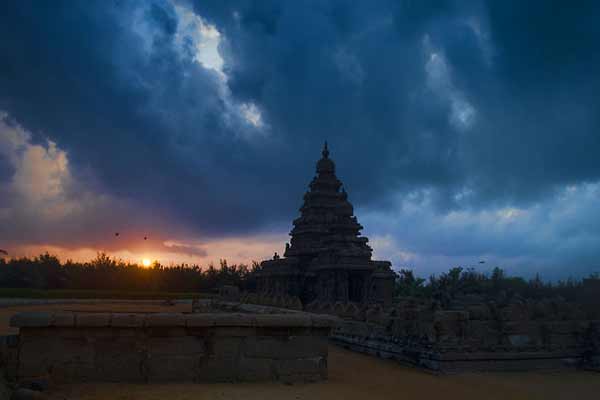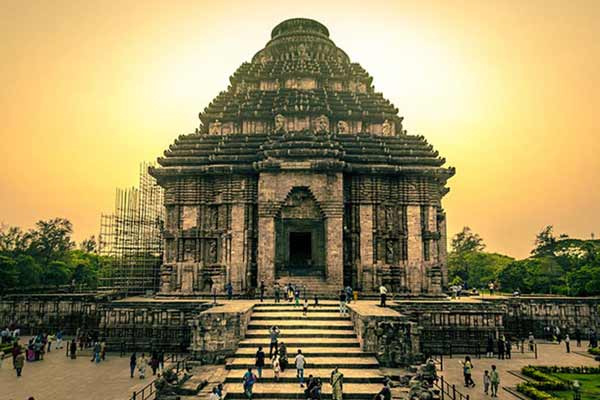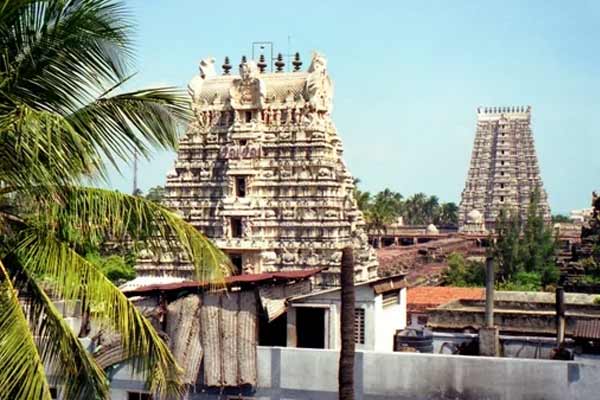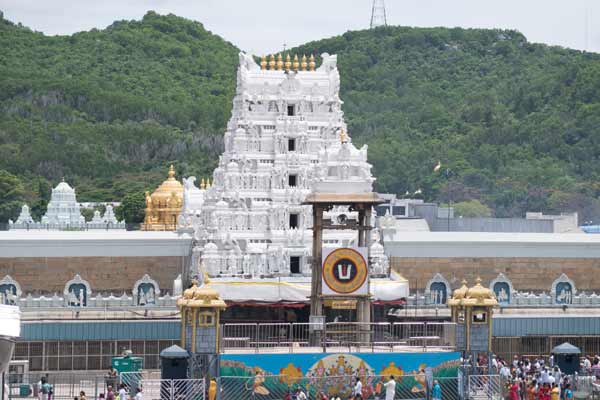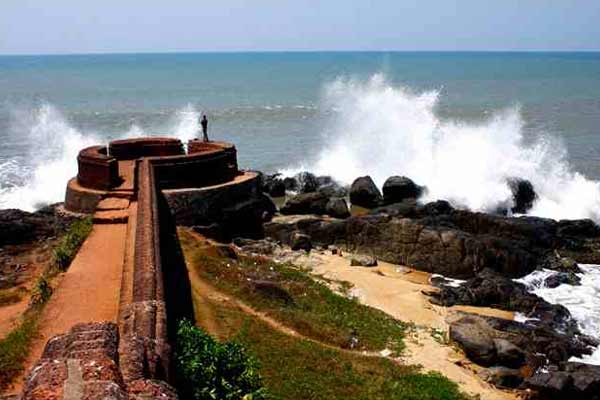

Located at the top of Chamundi Hills, Chamundeshwari temple is one of most prominent temples in Mysore. Dedicated to the Goddess Chamundeshwari (Chamundi), deity of the Mysore Royal Family and Mysore as well, this temple is about 1000 steps from the foot of the hill. The goddess is seated on a lion, killing the demon with her ‘trishul’. With its impressive architecture, great historical significance and surrounded with nature’s serenity at the Chamundi hills, this temple is still known as a prominent temples in India, attracting not only devotees but tourists from everywhere who come to witness its unshakable grandeur.
History and Architecture of Chamundeshwari Temple
Built in the Dravidian style of architecture, Chamundeswari Temple has a quadrangular structure. It has an impressive seven-tier tower called as ‘gopuram’ or ‘gopura’ and an equally imposing entrance which is known as ‘dwara’. These two can be seen even from the distance of many miles. Its silver gates still presents a glimpse into the royal past. Along with these, the temple is comprises of Sanctum Sanctorum, Navaranga Hall, Antharala Mantapa and Prakara. On the top of sanctum sanctorum, there is a small tower called ‘vimana’.
Originally, a small temple, it gained its present form, because of the expansions offered by the Mysore Maharajas. It is also said that animal sacrifices used to be performed here, which were stopped in 18th century. The temple used to be under the care of Mysore rulers.
The 1000 steps to the temple were built by Dodda Devaraja Wodeyar in 1659. It was during his reign that the massive sculpture of Nandi, Lord Shiva’s bull, was built. With a height of 16 feet and a length of 25 feet, it is considered to be one of the largest statues of Nandi in India. Around the neck of Nandi, you will find captivating pendant bells.
In 1827, Krishnaraja Wodeyar III renovated the temple. It was during his reign when the imposing entrance to the temple was built. Krishnaraja Wodeyar also presented a lion shaped vehicle to the temple, called as ‘Simha-vahana’ along with various other vehicles which are now used for religious and temple processions. There is also a 6 feet tall statue of Maharaja Krishnaraja Wodeyar III, in front of the sanctum sanctorum which is worth noticing. Statues of his three wives, Ramavilasa, Lakshmivilasa and Krishnavilasa are also located on his both sides.
South India unique are their grand structure, done beautifully in Vijaya Nagara and Dravidian styles. Like literally, you’ll find no compromised work of art anywhere in South India especially when it comes to the Hindu temples where a plethora of devotees throng from the world over. Each shrine in South India, irrespective of its location displays fine artwork not only in the interiors but also outside on the Gopurams (spire). For instance, the exquisite decor of the popular Sabarimala Sastha Temple in Sabarimala simply takes one’s breath away and how can we miss out on the colourful facade of Meenakshi Temple in Madurai, which is simply divine! The richness of South India temples does not limit to just the architecture but belief as well where millions of devotees gather to pay respect to holy figures. You can expect to witness the interesting rituals like hair offering or tonsuring to Lord Venkateswara. We can surely say that, there are no shortage of temples to tour in the South Indian states and to keep your pilgrimage holiday even better, we have compiled a list of must visit temples in South India.
